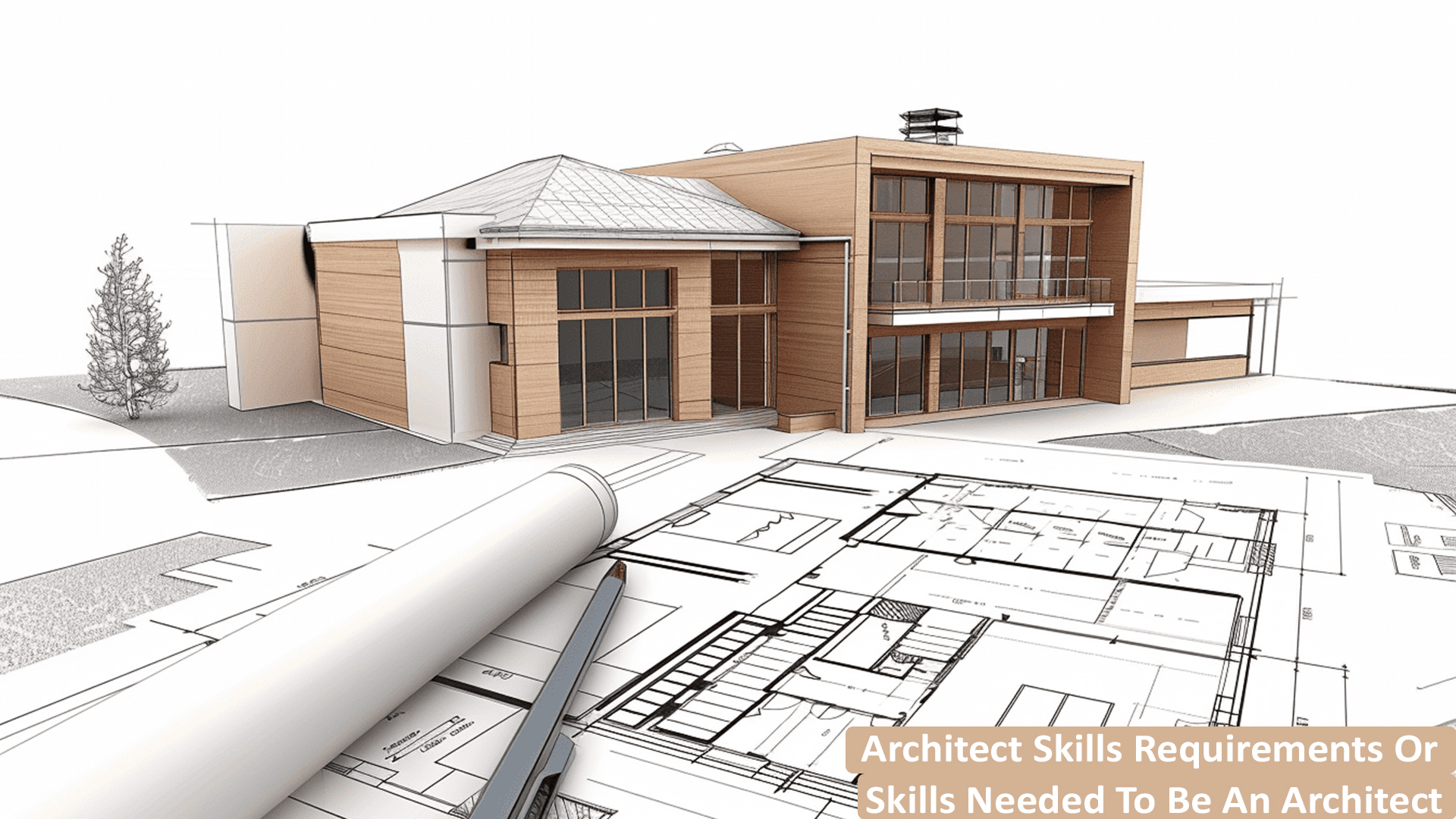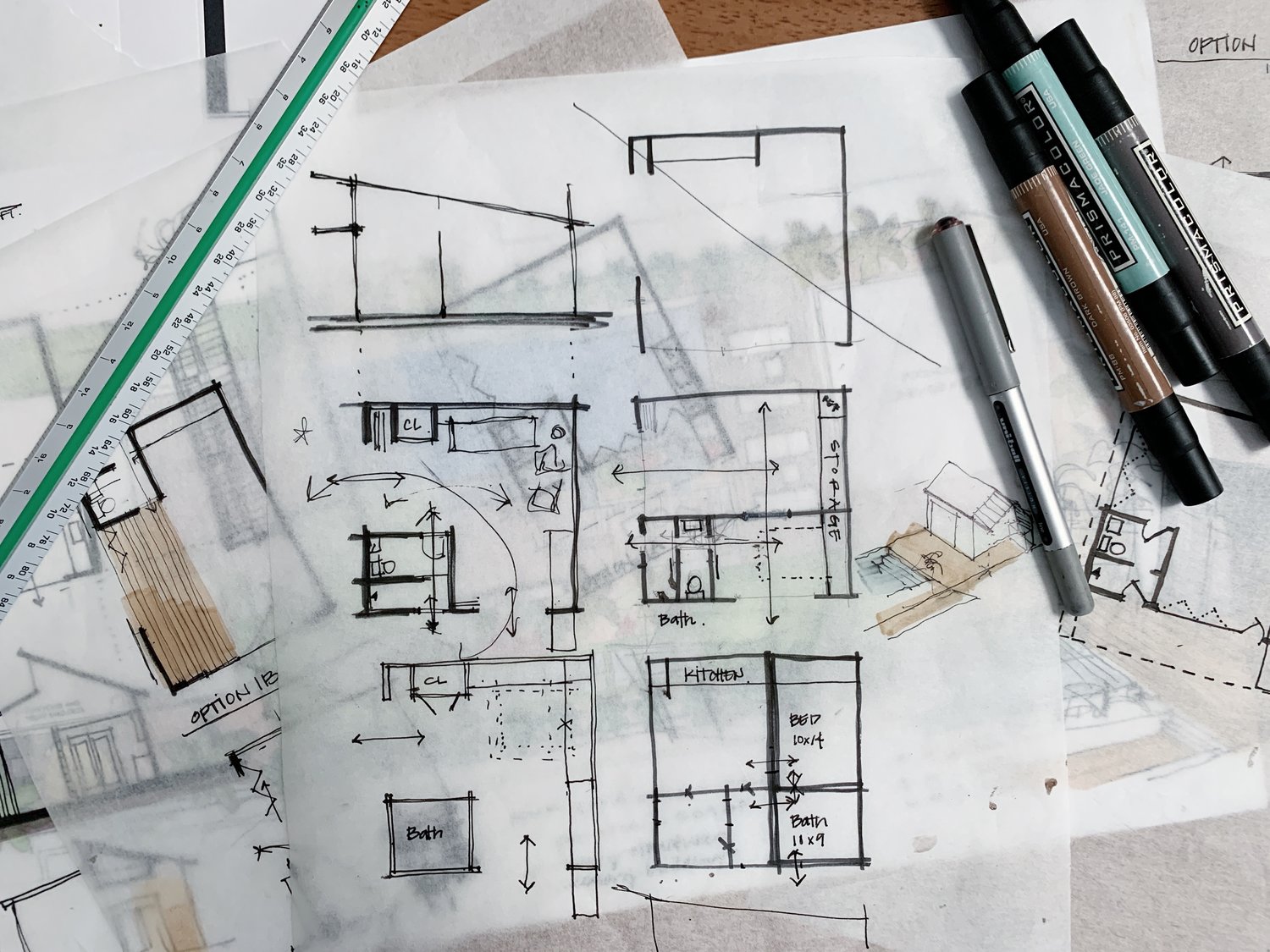Discover the Important Skills and Top Qualities Every Architect Need To Have
As a designer, you know that success in your field surpasses just technical abilities. It has to do with mixing creativity with usefulness, promoting partnership, and managing projects properly. Each top quality plays a crucial function in your capability to design areas that inspire and work well. But what are the certain skills that can really establish you apart? Allow's discover the vital qualities every Architect ought to grow to grow in this ever-evolving profession.
Creative Thinking and Advancement
Creativity and technology are at the heart of design, driving the design of areas that inspire and function effortlessly. You'll regularly check out new materials, techniques, and technologies to enhance your designs.
You'll additionally draw inspiration from different resources-- nature, art, and also daily life can spark fresh ideas. This capability to mix creativity with functionality enables you to resolve intricate troubles, ensuring your designs meet both useful and visual needs.
Strong Interaction Abilities
While developing impressive areas requires creative thinking, solid interaction skills are simply as essential for designers. You need to share your ideas plainly to clients, specialists, and staff member. Listening is just as essential; understanding your customer's vision helps you create designs that truly satisfy their needs.
You'll usually have to describe complex ideas in a means that's simple to understand, whether you exist a proposition or going over materials. Effective interaction promotes partnership, making sure everyone gets on the exact same web page throughout the project.
Structure relationships is vital, too. When you establish depend on and rapport, customers are more probable to share their worries and comments, leading to much better end results.
Finally, don't take too lightly the power of body movement and aesthetic help. They can boost your message and make your presentations much more interesting. Solid communication skills not only elevate your layouts yet additionally reinforce your professional partnerships in the building world.
Technical Efficiency in Layout Software
As you navigate the ever-evolving globe of style, understanding layout software program ends up being essential for translating your imaginative concepts into tangible plans. Familiarizing yourself with programs like AutoCAD, Revit, and SketchUp will certainly not only boost your style abilities but additionally simplify your workflow. These tools enable you to develop thorough illustrations, 3D models, and even simulations that can aid you envision and offer your principles better.
Exceling in these software program applications additionally improves your collaboration with service providers and designers, as everyone can function from the same electronic structure. Furthermore, your capability to adjust to brand-new technologies will certainly keep you affordable in the area. Regularly upgrading your skills and exploring brand-new features can set you in addition to your peers, ensuring your layouts are ingenious and accurate. Inevitably, technological proficiency in design software program is a cornerstone of successful style, helping you bring your visions to life.
Comprehending of Engineering Principles

Recognizing engineering principles additionally enables you to expect prospective obstacles early in the style process. You can make educated choices that enhance your designs when you're mindful of exactly how different products behave under various problems. Your designs must not only be cosmetically pleasing yet likewise sensible and lasting.
In addition, a solid understanding of engineering concepts allows you to innovate within restraints. You can push creative limits while still sticking to safety and security criteria. Eventually, this understanding enhances your architectural method and sets you apart in a competitive field.
Job Management Talents
Reliable task monitoring capacities are vital for designers, allowing you to oversee all facets of a project from perception to completion. You'll require to collaborate with different stakeholders, consisting of engineers, clients, and specialists, ensuring everyone's on the exact same page. Establishing clear objectives, timelines, and budget plans is fundamental; it aids you maintain the task on the right track and within scope.
As a designer, you should likewise be experienced at danger monitoring, determining potential issues before they rise. Strong interaction abilities are necessary, enabling my explanation you to express your this link vision and encourage your group. You'll benefit from being organized and detail-oriented, as this aids simplify processes and prevent expensive delays.
Furthermore, adaptability is crucial; projects often advance, and being flexible permits you to respond efficiently to changes. Inevitably, your job administration abilities can significantly affect the success of your architectural undertakings, ensuring you supply quality results promptly and within spending plan.
Focus to Information
While managing tasks is crucial, your attention to information can make a considerable distinction in the high quality of your work. Every line you attract, every material you choose, and every little specification you note adds to the total success of a project. You require to be careful, making certain that your styles not just meet visual standards but likewise follow building policies and codes.
This watchfulness not only conserves you time and resources yet also constructs your reputation as a reliable Architect. Welcome this ability, and let it lead your layout process, making certain that your vision is carried out faultlessly.
Versatility and Problem-Solving Abilities
As a designer, you'll often deal with unexpected changes in layout and job needs. Your capacity to embrace these changes and find innovative options is necessary for success. Staying adaptable in your strategy not just enhances your analytic skills however also maintains your jobs on track.
Accepting Modification in Layout
Welcoming change in layout is vital for architects, especially when steering progressing customer requirements and emerging technologies. You require to cultivate flexibility, as projects commonly change direction based upon brand-new understandings or restrictions. Being open to transform enables you to explore innovative strategies and create services that Recommended Site reverberate with your clients.
When confronted with obstacles, your analytical abilities come into play. You'll usually require to reconsider principles and change plans on the fly, making certain that the final result aligns with the client's vision while satisfying safety and security and regulative criteria. By being adaptable and resourceful, you not just boost your layouts but likewise construct count on with your clients, confirming that you can navigate the complexities of modern-day architecture successfully.
Cutting-edge Solutions to Challenges

Flexibility in Job Management
While maneuvering the complexities of project monitoring, versatility comes to be a crucial asset for designers. You'll typically deal with unanticipated difficulties, from design modifications to spending plan restraints, calling for fast thinking and adaptability. Accepting modification permits you to pivot your approaches and locate ingenious remedies, ensuring project success.
Solid analytical skills are crucial; they allow you to assess situations, weigh choices, and execute reliable services on the fly. When dealing with diverse teams, being open to comments and alternate ideas fosters cooperation and stimulates creative thinking.
Regularly Asked Inquiries
What Educational Background Is Called For to Become an Engineer?
To become an architect, you'll require a minimum of a professional level in architecture, often a Bachelor's or Master's. Finishing an internship and obtaining licensure with exams is vital for your job improvement.
Just How Important Is Networking in the Style Area?
Networking's important in architecture. It helps you construct connections, uncover job opportunities, and gain understandings from skilled specialists. By connecting with others, you boost your profession potential customers and remain upgraded on sector patterns and growths.
What Are the Typical Career Paths for Architects?
Usual career paths for engineers include layout functions in firms, task administration, urban planning, and specialized locations like sustainable architecture. Architect. You may also check out teaching or consulting, depending on your rate of interests and experiences
Exactly How Can Engineers Keep Updated With Industry Patterns?
To stay upgraded with market trends, you must on a regular basis participate in meetings, join specialist organizations, subscribe to appropriate publications, and engage with on the internet discussion forums. Connecting with peers additionally assists you gain understandings into emerging growths in architecture.
What Role Does Sustainability Play in Modern Design?
Sustainability shapes modern architecture by highlighting power performance, resource conservation, and environmentally friendly materials. You'll create spaces that lessen environmental impact, enhance occupant wellness, and reply to environment challenges, making your designs extra impactful and relevant.
While designing remarkable areas requires imagination, strong communication skills are just as important for designers. Solid interaction abilities not just raise your styles however likewise enhance your expert partnerships in the architectural globe.
Effectiveness in design software program lays the groundwork for a deeper understanding of design concepts, which is vital for architects.As a designer, you'll often deal with unanticipated changes in design and project needs.Embracing modification in style is important for engineers, especially when steering evolving client needs and emerging technologies.